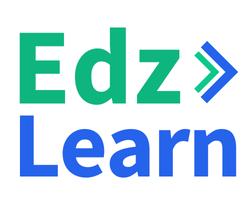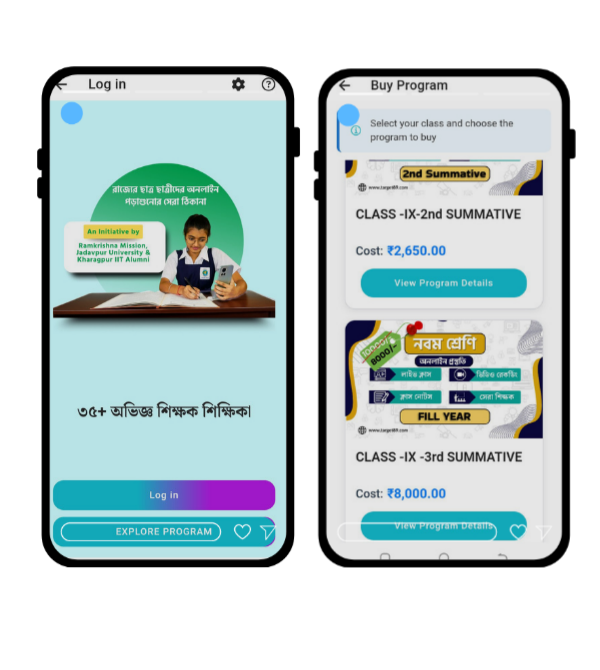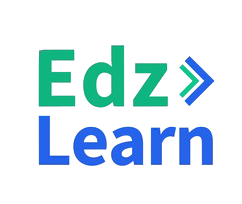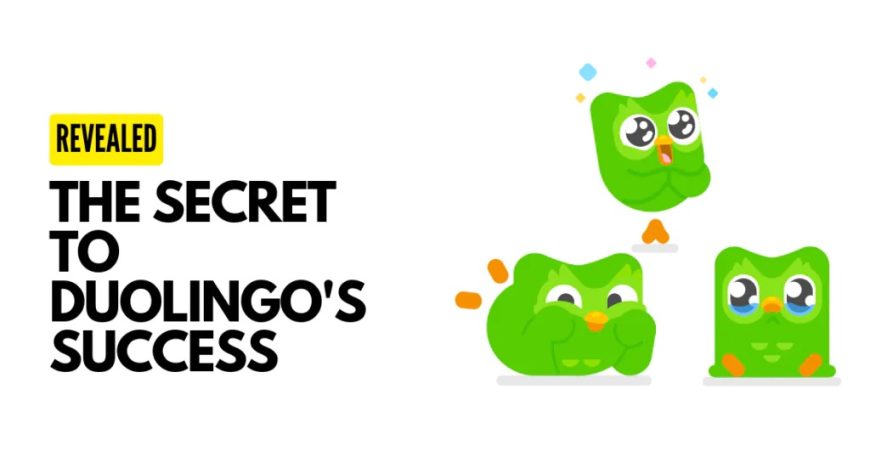Duolingo Revolution
Duolingo Revolution has become a household name in the world of language learning, drawing millions of users with its engaging and accessible platform. What began as a simple app to make language learning fun has evolved into a powerful e-learning tool with applications beyond just picking up vocabulary. Its gamified approach, extensive language options, and adaptive features have reshaped the way people approach language acquisition. In this blog, we’ll explore the origins of Duolingo, its standout features, and how it has become a valuable asset in the e-learning landscape.
1. The Origins of Duolingo Revolution: An Idea for Democratizing Education
Duolingo was founded in 2011 by Luis von Ahn, a computer science professor, and Severin Hacker, one of his students, with a mission to make high-quality language education accessible to everyone. Von Ahn, known for inventing CAPTCHA, envisioned an app that would combine his interest in education with his commitment to making learning tools free for users. The unique business model of Duolingo Revolution , relying on crowdsourced translations and advertisements instead of tuition, allowed them to offer free language education without compromising quality.
The platform quickly gained popularity, attracting millions of users globally. Duolingo became known not only as a language app but as a powerful tool for self-directed learning. By integrating scientific methods and adaptive learning techniques, Duolingo has created a personalized learning experience that is accessible, effective, and entertaining.
2. Duolingo’s Gamified Learning Model: Making Language Fun
One of the main reasons behind Duolingo’s success is its engaging, game-like design. Language learning can often feel like a daunting, slow process, but Duolingo’s gamification helps users stay motivated and committed. The app includes a range of game-like features:
- Streaks: Duolingo rewards users for practicing every day, building a “streak” that counts the consecutive days they’ve practiced. Streaks provide a sense of accomplishment and encourage users to make language learning a daily habit.
- XP (Experience Points): Completing lessons and activities earns users XP, which allows them to level up, track their progress, and compete with friends.
- Leagues and Leaderboards: Users can participate in Duolingo’s league system, competing against others in weekly language challenges to climb the leaderboard. This feature taps into people’s natural competitive spirit, adding a social element that encourages consistent practice.
- Hearts: Duolingo uses a lives-based system, where users lose “hearts” for incorrect answers. This motivates users to pay close attention and encourages accuracy, as losing all hearts means restarting the lesson.
These elements turn language learning into a game, where users feel like they’re advancing in levels rather than working through tedious lessons. The result is a highly engaging experience that keeps learners coming back regularly.
3. Adaptive Learning Techniques: Personalizing the Language Journey
Duolingo’s success isn’t only because of its fun design but also its commitment to a tailored learning experience. Duolingo’s courses use adaptive learning algorithms that adjust based on the user’s performance, reinforcing areas where they struggle while skipping over concepts they’ve already mastered.
The app’s AI-driven feedback system can analyze user responses to identify patterns, predict errors, and provide personalized practice. This method not only makes the learning process more efficient but also ensures that users build a strong foundation in their target language. By focusing on areas of difficulty, Duolingo allows users to progress at their own pace, making it ideal for both beginners and more advanced learners.
4. Features that Enhance the E-learning Experience
Duolingo Revolution is much more than just vocabulary drills and grammar exercises; it offers several features designed to support comprehensive language learning. Here are some of its most valuable features for e-learning:
- Audio Practice and Pronunciation Feedback: Duolingo includes listening and speaking exercises that help learners with pronunciation and comprehension. The app’s voice recognition technology enables users to practice saying words and phrases aloud, helping them develop accurate pronunciation skills.
- Stories and Podcasts: Duolingo Revolution Stories provides short, interactive narratives that immerse users in conversational language. These stories are engaging, context-driven exercises that build comprehension skills. Additionally, Duolingo’s podcasts are available in several languages and provide immersive listening practice with stories from real-life speakers, which helps users develop an ear for natural language use and idiomatic expressions.
- Cultural Insights: Language learning isn’t just about vocabulary; it’s also about understanding the cultural context. Duolingo integrates cultural notes and fun facts within its lessons, giving users insight into the language’s unique aspects and the cultures of those who speak it. This approach promotes cultural awareness and enriches the language learning experience.
- Mini-Games and Challenges: Duolingo offers mini-games and timed challenges that test users’ quick recall and reinforce vocabulary retention. By blending short, high-energy games with language practice, Duolingo ensures that users stay engaged without feeling overwhelmed by lengthy sessions.
5. Duolingo for Schools: Supporting Language Learning in Classrooms
Recognizing the potential of its platform for classroom use, Duolingo introduced “Duolingo Revolution for Schools,” a free tool for educators to integrate language learning into their curriculum. This feature allows teachers to monitor student progress, assign specific lessons, and customize assignments based on the needs of their class.
With Duolingo for Schools, teachers can:
- Track Progress: Teachers can view individual student progress, identify areas of struggle, and offer targeted support.
- Set Assignments: Educators can assign lessons based on what the class is currently studying, ensuring alignment with the curriculum.
- Encourage Practice: Teachers can encourage daily practice through assignments and track streaks to ensure that students are building consistent language habits.
Duolingo Revolution for Schools provides an interactive way for students to learn languages at their own pace, making it a valuable addition to traditional classroom learning. By incorporating this tool, schools can support students’ language acquisition outside the classroom, enabling more comprehensive practice and helping students stay engaged.
6. Duolingo’s Role in the E-learning Industry: Accessibility and Reach
Duolingo has pioneered a new way of thinking about language education—one that emphasizes accessibility, user engagement, and technology-driven learning. The app is currently available in over 40 languages and has reached millions of users worldwide, making it one of the most popular e-learning platforms for language education.
Because it’s accessible on mobile devices, duolingo revolution reaches users who may not have access to traditional language classes or resources. The app is especially beneficial for individuals in remote or underserved areas, providing them with an affordable and effective way to learn a new language. This accessibility has contributed to a growing global interest in language acquisition, supporting a broader trend toward self-paced, online learning.
7. The Future of Duolingo and E-learning Language Platforms
As technology continues to evolve, so does duolingo revolution. The platform has already made significant strides in incorporating AI-driven features and creating immersive experiences for users, and it’s likely to continue pushing boundaries. Future improvements may include virtual reality (VR) environments for practicing language in realistic settings, even more personalized AI feedback, and advanced interactive elements that mimic real-life conversational dynamics.
Duolingo Revolution has also begun branching out into other areas of education with courses on literacy and math, a move that suggests the potential for further growth within the broader e-learning market. Its continued innovation will likely influence the direction of language learning and inspire other e-learning platforms to adopt similar engaging, user-focused models.
Conclusion
Duolingo Revolution has successfully revolutionized language learning by transforming a traditionally rigorous subject into an accessible, engaging, and highly effective experience. Its gamified approach, adaptive learning, and integration of cultural context have helped millions worldwide embrace language education. As an e-learning platform, Duolingo has highlighted the potential of technology to democratize education, reaching learners of all backgrounds and levels.
By keeping language learning fun, flexible, and accessible, duolingo revolution has not only expanded its global reach but has also set a new standard in the e-learning industry. With its continuous innovations and commitment to making language education available to all, duolingo revolution has established itself as a powerful tool for both personal growth and cultural connection in an increasingly interconnected world.
This Blog is Written By Ritika Saxena,
Content Writer and Social Media Manager At
Edzlearn Services PVT LTD.
For More Information Connect With Her on Linkedin : https://www.linkedin.com/in/ritika-saxena0355/
Read our Recent Blogs: https://edzlms.com/blogs/
Download our Recent Case Study: https://edzlms.com/case-study/
For anything related to LMS, feel free to reach out or book an appointment at : https://calendly.com/edzlms/30min.
Contact – Mihir Jana
Phone no.- +919916650872















